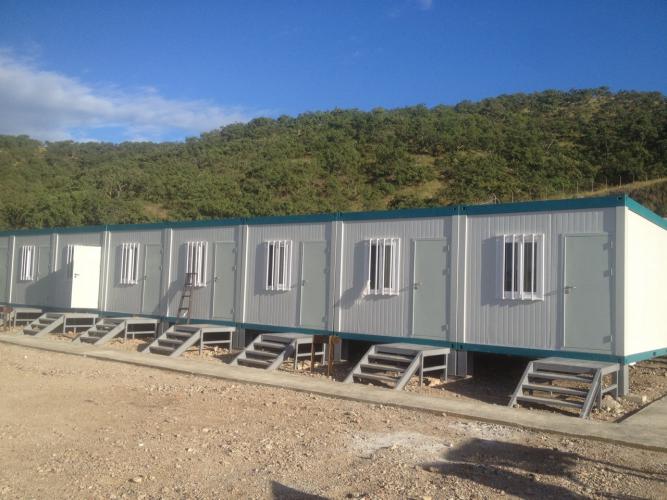Why Extreme Environments Demand Innovation—and Why the Market is Exploding
The Opening: A Real-World Dilemma
In 2024, ExxonMobil received environmental approval for its Payara project in Guyana. This is a 1-billion-barrel oil & gas resource—enough to sustain 20 years of stable production. Yet the project manager faced a classic predicament.
The project site is buried deep in Guyana's tropical rainforest, over 800 kilometers from the nearest town. Temperatures average 35-40°C, with relative humidity reaching 85-95%. Rainfall is relentless. The project requires building a camp to accommodate 3,000 workers over a 3-5 year development and construction period.
The traditional proposal was shocking:
The camp construction itself became a small engineering project: complex, high-risk, costs spiraling out of control.
But when the procurement team evaluated modular solutions, everything changed:
Cost: USD 50-60 million
Schedule: 6 months
Delivery: 95% factory-prefabricated, rapid on-site assembly
Quality: Professional extreme-climate protection systems
Cost savings of 30-35%, schedule compression of 50%, productivity gains of 15-20%. Most importantly, the risk transformed from traditional construction's "uncontrollable" to modular's "predictable." This success is why top modular house builders are becoming strategic partners.
This isn't an isolated story. It represents a fundamental shift sweeping through the global oil & gas industry.
Why Does Oil & Gas Really Need Modular Housing?
The Five Immovable Constraints
Geographic Isolation: Curse of the Resources
Earth's richest oil & gas deposits lie in the planet's most inhospitable locations. This isolation creates cascading infrastructure nightmares. Road networks don't exist. All building materials must travel vast distances. Modular solutions use flat-pack logistics, stacking multiple units into standard containers.1 Cost: just 5-10% of traditional methods, delivery: 2-4 weeks. Power is unreliable, and water is scarce. Communications are primitive. Result: Traditional construction failure rates in oil & gas projects hit 20-30%. Modular fails in less than 3%. The reliability offered by top modular house builders is paramount here.
Extreme Climate: Five Environmental Battlegrounds
Oil & gas resources scatter across the planet's most punishing environments. Modular builders must conquer each one.

Case Study: Bahamas Island Camp: Category 4+ hurricane wind speed: 45 m/s. Structural integrity after hurricane: completely preserved. Restoration timeline: 2 weeks. The commitment to engineering excellence by top modular house builders saved the project.
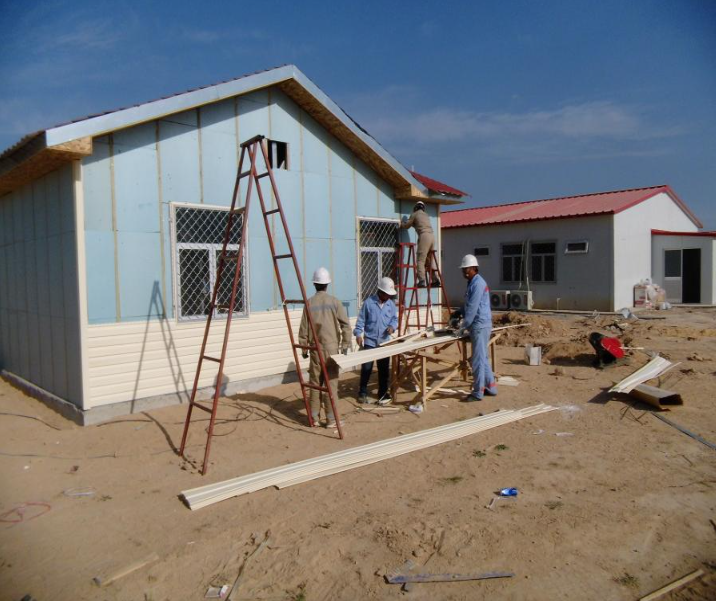
Case Study: Iraq Sahara Power Station Camp: Energy cost vs. standard HVAC: 35% lower. Structural integrity after extreme temperature swings: flawless. The expertise of top modular house builders in thermal management made this possible.
Desert Heat: The Energy Enemy
Traditional solutions fail in the Middle East's 55-65°C summers. Standard AC consumes 3-5x normal energy. Modular solutions deploy high-reflectance coatings and 100mm specialized insulation. Crucially, zone-specific HVAC systems cut energy consumption 30-40%.
Humid Corrosion: The Silent Killer
Salt spray and unrelenting 70-95% humidity destroy structures in 3-5 years. Modular solutions use hot-dip galvanized cold-formed steel (ISO 12944 C4-C5 classification, 25-30 year design life). The breakthrough is elevated floor systems, eliminating standing water and rust-inducing ventilation issues.
Hurricane-Force Winds: The Structural Test
Top-tier modular solutions survive real-world hurricanes at 11-scale winds (>40 m/s). Design innovations include reinforced cold-formed steel frames and a patented groove-bolt linear connection system that distributes load uniformly.
Extreme Cold: The Invisible Destroyer
In Siberia and the Arctic, -52°C extremes make steel brittle and freeze pipes. Modular solutions deploy 150mm thick rock wool insulation, triple-layer insulated glass, and thermal break design to eliminate cold bridging. All systems are factory-installed to minimize stress.
Worker Welfare Directly Drives Productivity
Poor accommodation drives 30-40% attrition. Comfortable facilities boost output 15-25%. World-class modular camps—deployed by top modular house builders—include private dormitories, fitness centers, and multi-cultural facilities. This drives turnover down to 5-10%.
Project Scale Volatility: The Flexibility Imperative
Oil & gas projects grow up to 100x from exploration to construction peak (e.g., 3,000 to 40,000 personnel). Traditional construction cannot elegantly handle this. Modular enables incremental deployment in 4-8 weeks, and surplus modules transfer to new projects, saving USD 30-50 million.
Energy Price Volatility: The Economic Constant
CAPEX +10% = Project NPV -15 to -20%. Modular achieves 25-30% total cost compression by dropping labor costs 50%, shrinking material waste 90%, and optimizing logistics. This is the competitive edge provided by top modular house builders.
The Global Market: A USD 215 Billion Opportunity
Market Scale and Growth
The global modular construction market is projected to grow from USD 112.5 billion (2025) to USD 214.76 billion (2034). This 6.9-7.45% CAGR exceeds global GDP, signaling modular's capture of market share.
The Oil & Gas Slice
Oil & gas camps represent 35-40% of industrial modular applications, projecting to be USD 22-28 billion by 2034. Large oil & gas projects command unit premiums vs. average.
Regional Divergence: Where Growth Clusters
Africa's 12-15% CAGR is globally fastest, driven by new exploration and weak traditional infrastructure. The high velocity in the Middle East/N. Africa (9-10% CAGR) confirms the ongoing need for services from top modular house builders globally.
Six Drivers of Modular's Ascent
Time Compression: 40-50% Faster
Factory manufacturing in parallel with site prep. Three months earlier startup can equal USD 6.75 billion additional revenue for a large project.
Cost Savings: 25-30% Total Reduction
Multi-source optimization saves USD 500 million-1.2 billion for a mid-scale project.
Quality Predictability: <3% vs. 10-15% Defect Rates
Factory-controlled conditions eliminate weather delays and welding inconsistency.2 Predictable quality is priceless when camp failure costs USD millions/day.
Labor Optimization: 40-50% Reduced Skill Requirements
Modular shifts high-skill work to controlled factories, requiring primarily low-skill assembly on-site—reducing total skill needs and cost.3 The methods used by top modular house builders mitigate global labor shortages.
Environmental Sustainability: 90% Less Waste, 40% Lower Carbon
Modular cuts construction waste to 2-5% vs. traditional 15-20%. Modules recycle or redeploy rather than demolish, which is critical for oil majors facing ESG pressures.4
Technology Acceleration: Compounding Cost Reduction
CAD/BIM integration, 3D printing, and IoT monitoring drive continuous cost and efficiency improvements. This constant innovation keeps top modular house builders ahead of the curve.
Market Opportunities Across the Value Chain
Upstream Exploration: 50-100 new camps annually; market: USD 2-4 billion
Midstream Pipelines: 10-15 major projects annually; market: USD 3-5 billion
Downstream Refining: 2-3 major projects annually; market: USD 2-4 billion
LNG and Emerging Energy: Rapid LNG expansion, renewable energy infrastructure; market: USD 2-4 billion
The oil & gas industry's future is being shaped by its partners. Strategic engagement with top modular house builders is non-negotiable for new projects.
The Turning Point
We're at an energy industry inflection point. Oil & gas exploration advances into extreme, remote, operationally complex environments. Traditional construction methods have hit their limits.
Modular housing isn't merely a technology—it's a new paradigm: industrialized, standardized, sustainable.
Over the next decade, this market will grow from USD 12-16 billion to USD 22-28 billion. Modular builders with extreme-environment mastery, international experience, and integrated service capabilities—the truly top modular house builders—will capture the lion's share.
The future of energy depends on how intelligently, sustainably, and humanely we house the workers building that energy in Earth's most challenging places.
Modular housing is becoming that answer.
Key Data Reference
| Metric | Traditional | Modular | Advantage |
| Timeline | 12-18 months | 2-3 months | 60-75% faster |
| Total Cost | 100% | 70-75% | 25-30% savings |
| Labor Costs | 100% | 50% | 50% reduction |
| Material Waste | 15-20% | 2-5% | 90% reduction |
| Defect Rate | 10-15% | <3% | 70-80% improvement |
| Staff Turnover | 30-40% | 5-10% | 75-85% reduction |
| Energy Efficiency | Standard | 24.65 | Significant savings |
Ready to explore how modular solutions might transform your next energy project? The future of industrial accommodation is here—and it's modular.
This article is partly based on publicly available information and relevant technical literature. It has been compiled and analyzed by our team for learning and communication purposes only.



More

More
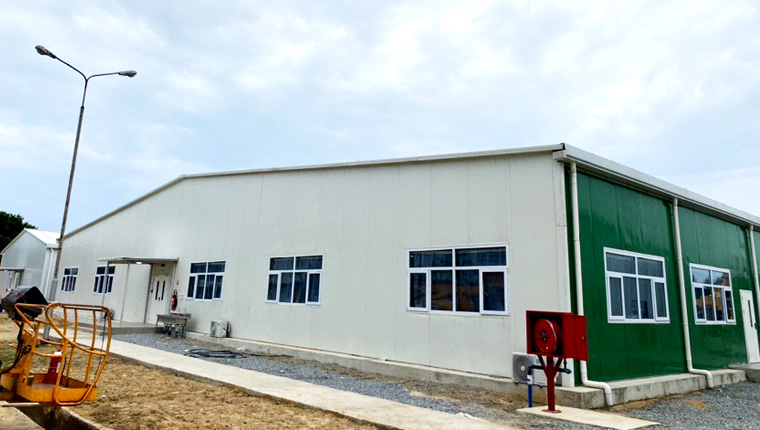
More
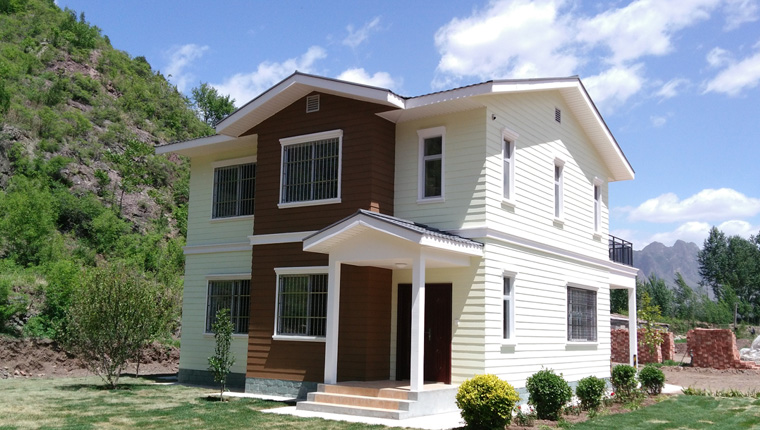
More

More
Learn More
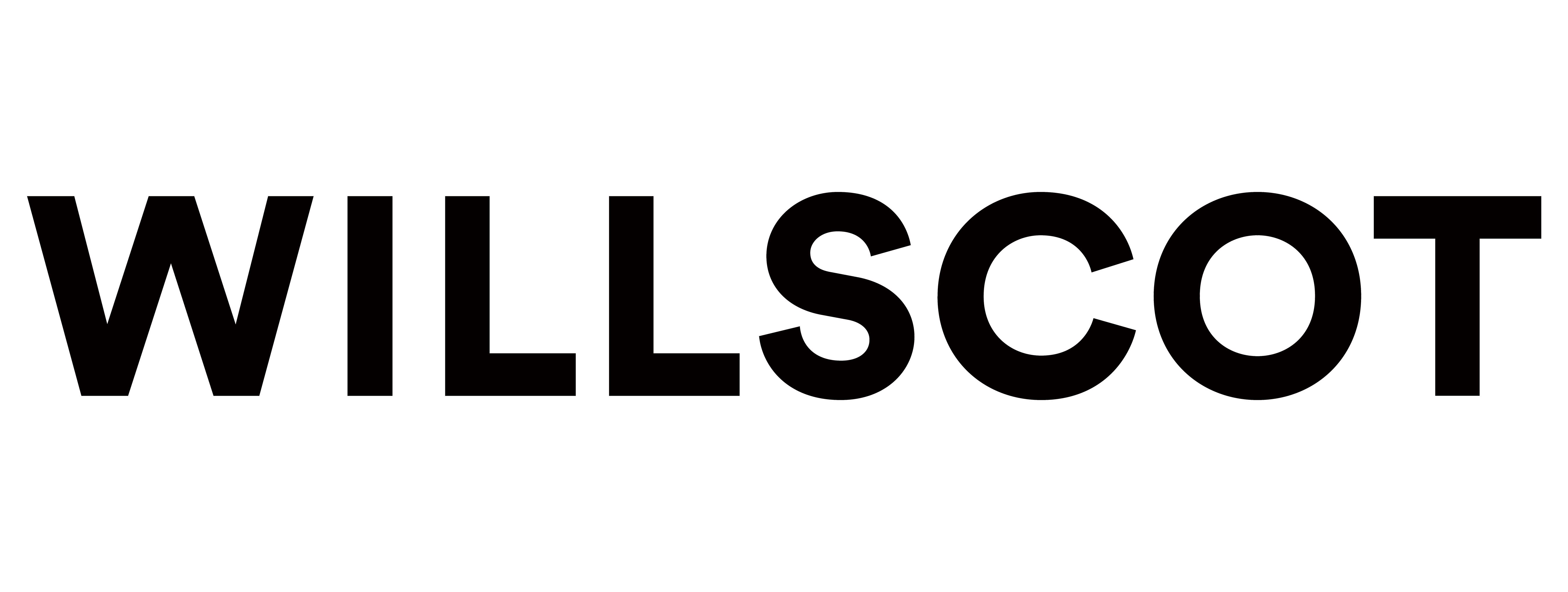

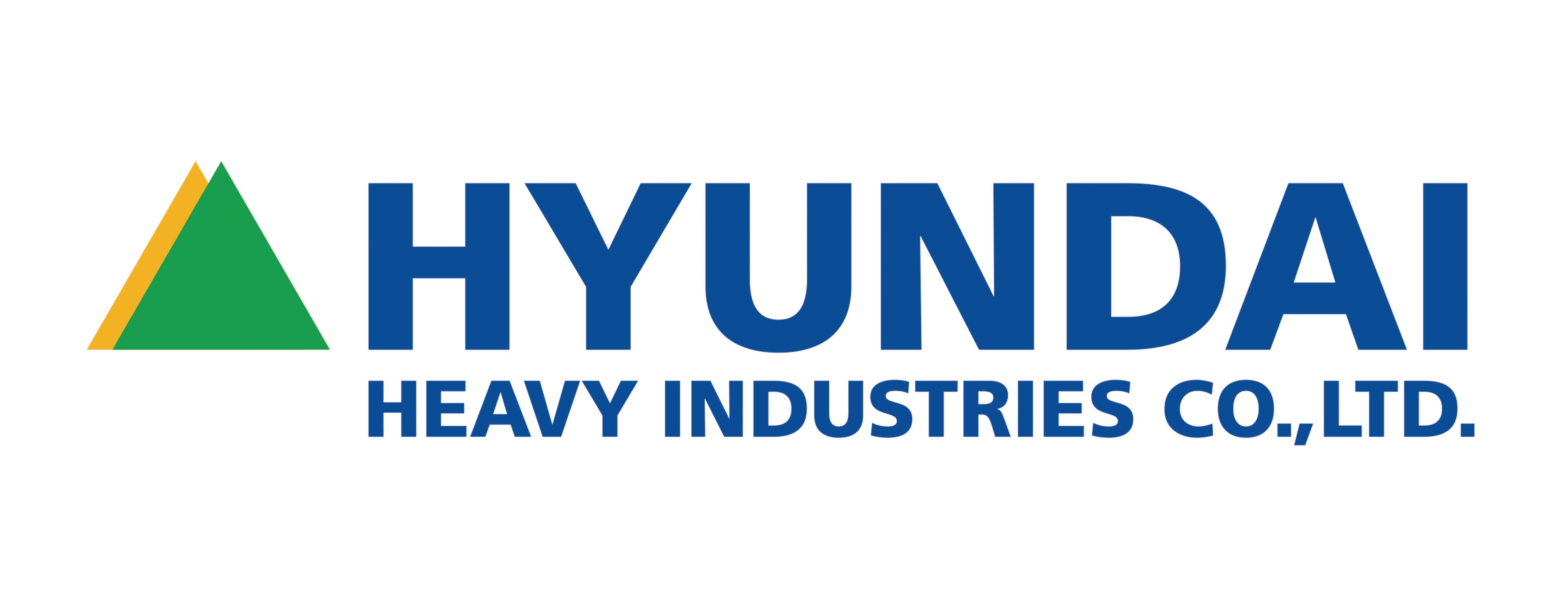
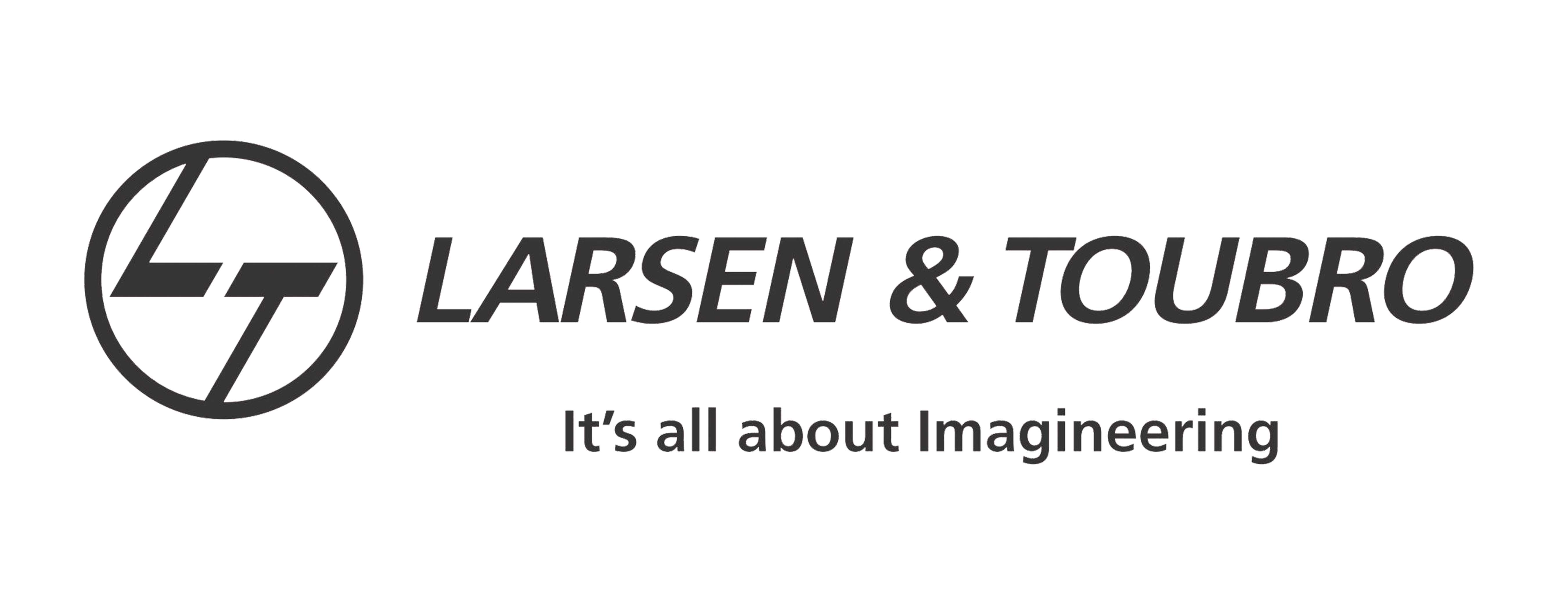























![Top Advantages of Modular Construction Explained [2025]](/uploads/upload/images/20250424/0fb390068474145a09a8c0504c73b1d2.png)
